
- arrow_back Home
- keyboard_arrow_right Highlights
Design Discipline: The Difference Between Shipping and Sinking
HighlightsJournal 50 Joseph Kim June 4
The mistake every game studio keeps making: stop jizzing the game design!
Game studios often sabotage their projects by endlessly iterating on minor features while ignoring foundational flaws. In today’s essay, I explore why design discipline is critical for shipping successful games.
Key insights include:
- How lack of discipline leads to project failures.
- Three essential pillars to foster effective design discipline.
- Practical strategies to prioritize wisely and ship faster.
- Why perfection can be your biggest enemy in game development.

The Rise, the Fall, and the Rise Again of Mobile 4X games:

Singular recently released its Q2 Quarterly Trends report. A few data highlights from that report.
Global ad spend is up:
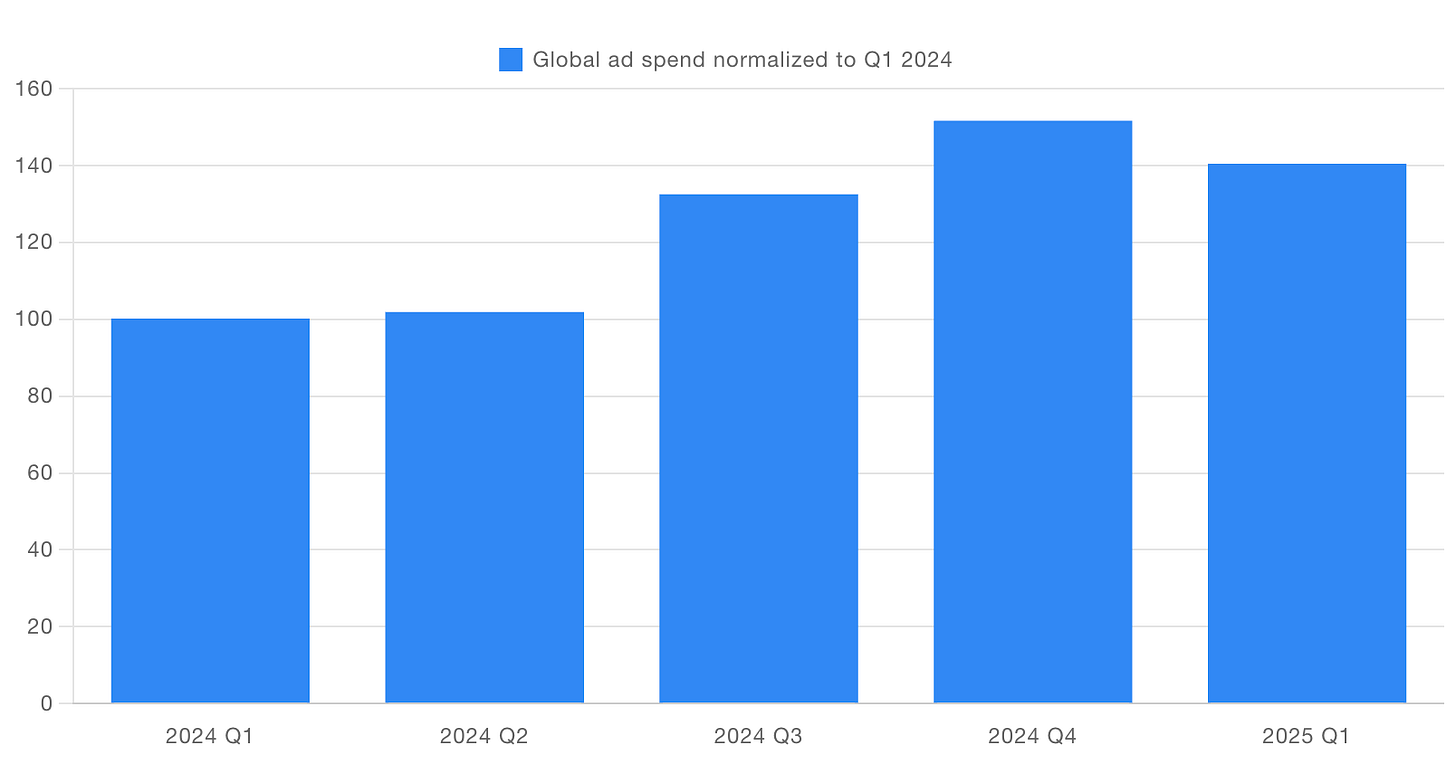
Tale of Two Platforms: Android dominates installs, and iOS dominates revenue.

Major gap in global CPI with USA leading the way:
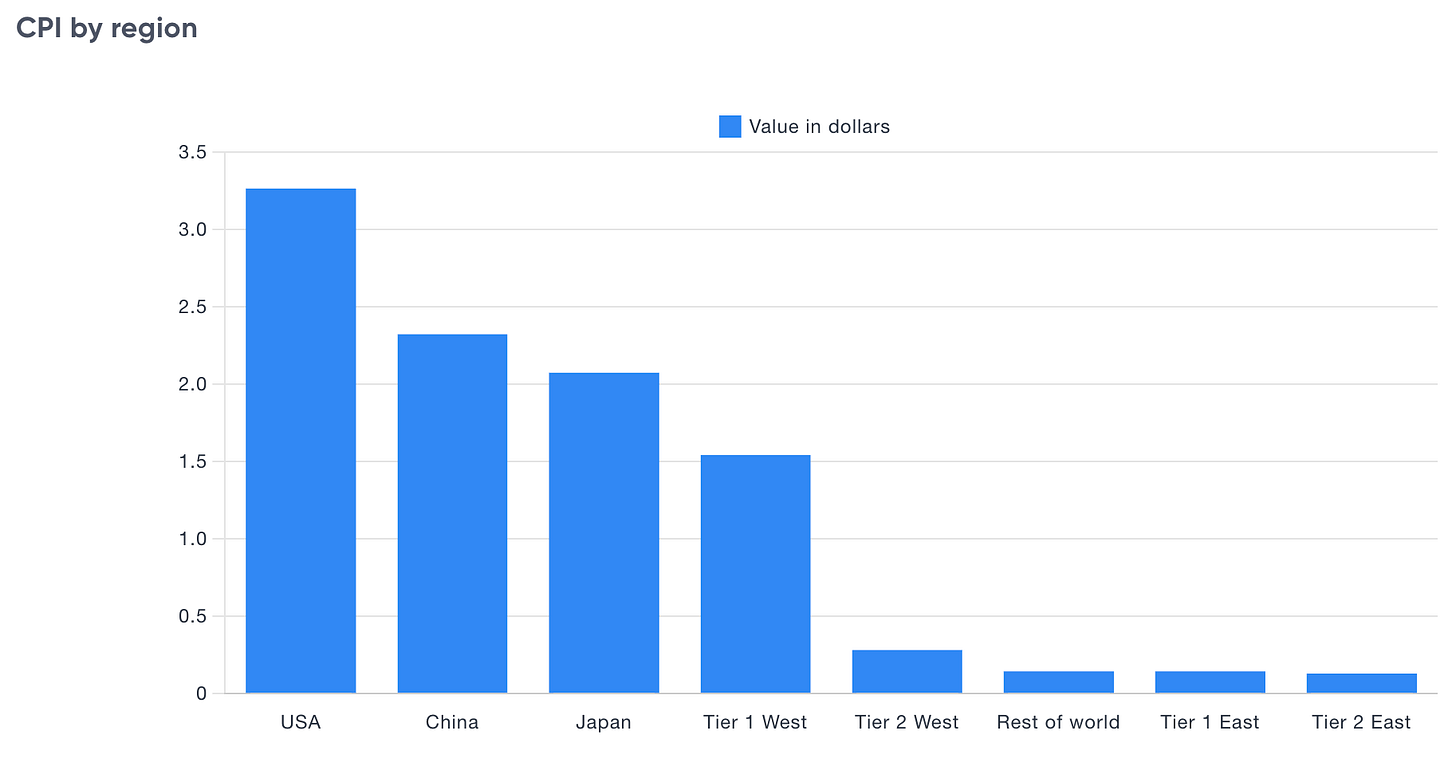
CPI by game genre:
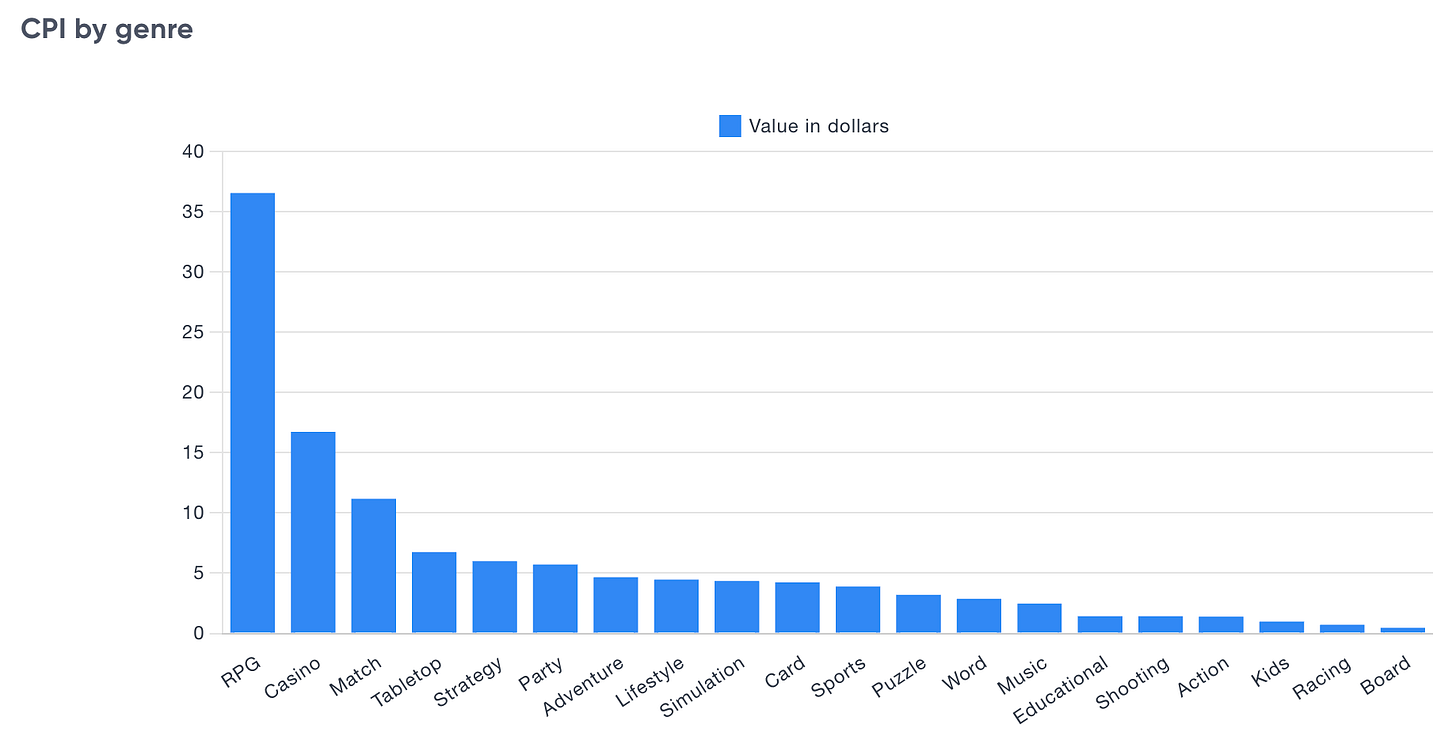
There’s a lot of great information in that report; you should check it out.
Singular’s Q2 Quarterly Trends Report

Design Discipline: The Difference Between Shipping and Sinking
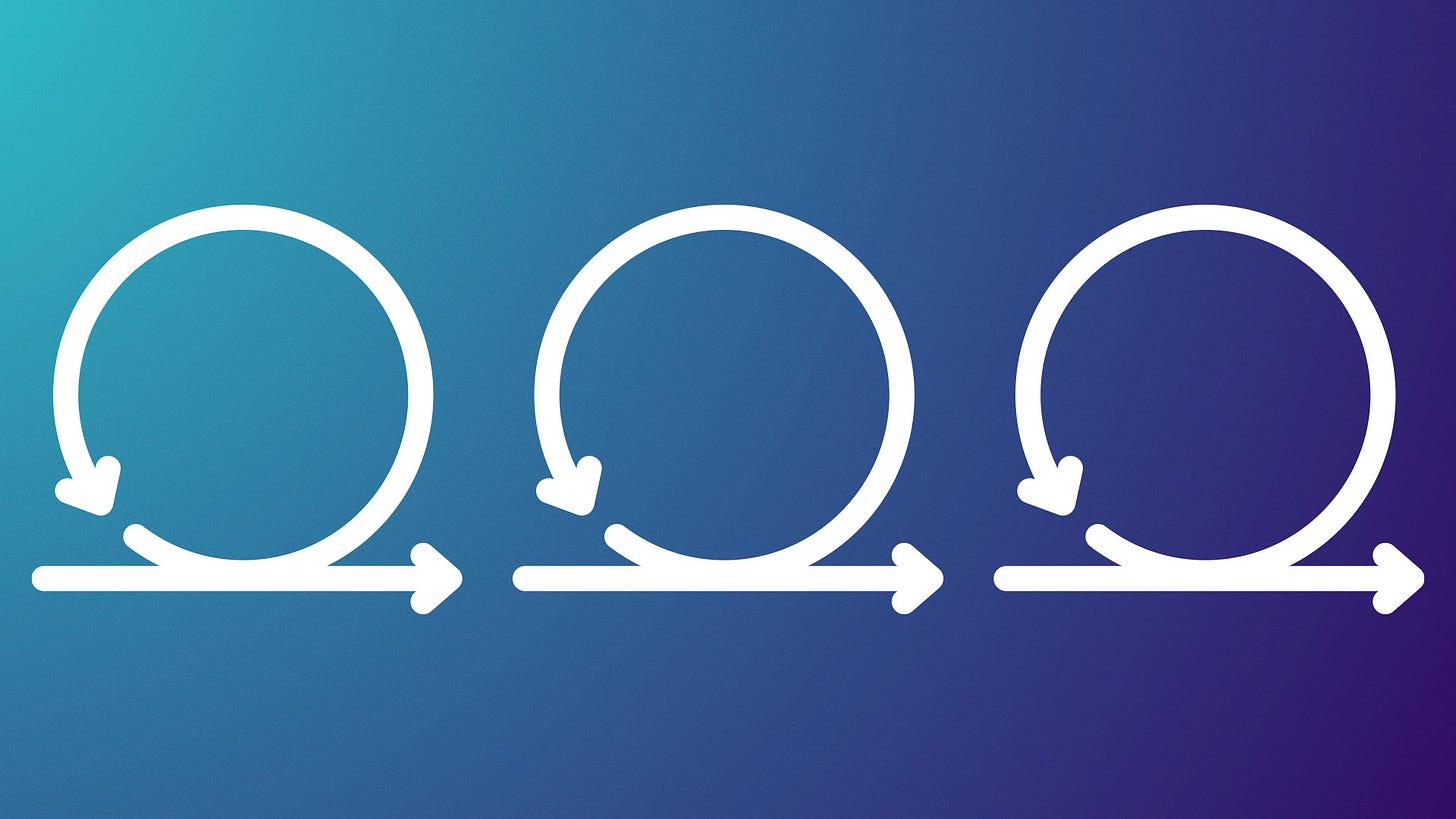
Most game studios repeatedly make the same critical mistake—endless iteration on trivial design details while crucial systems remain broken. This cycle doesn’t just waste resources—it kills games.
The Problem: Constant Churn in Game Design
“I’m fucking quitting. This is bullshit.”
It was around 2015, and I had recently taken charge of a distressed game project.
“He changed it again. This is the fifth time PVE was redesigned, and he never even looked at the build.”
Our lead client engineer was ready to leave, and morale was collapsing. It took weeks of careful reassurance to keep him onboard, at least until the project’s completion. Fortunately, that game—King of Avalon—went on to succeed tremendously.
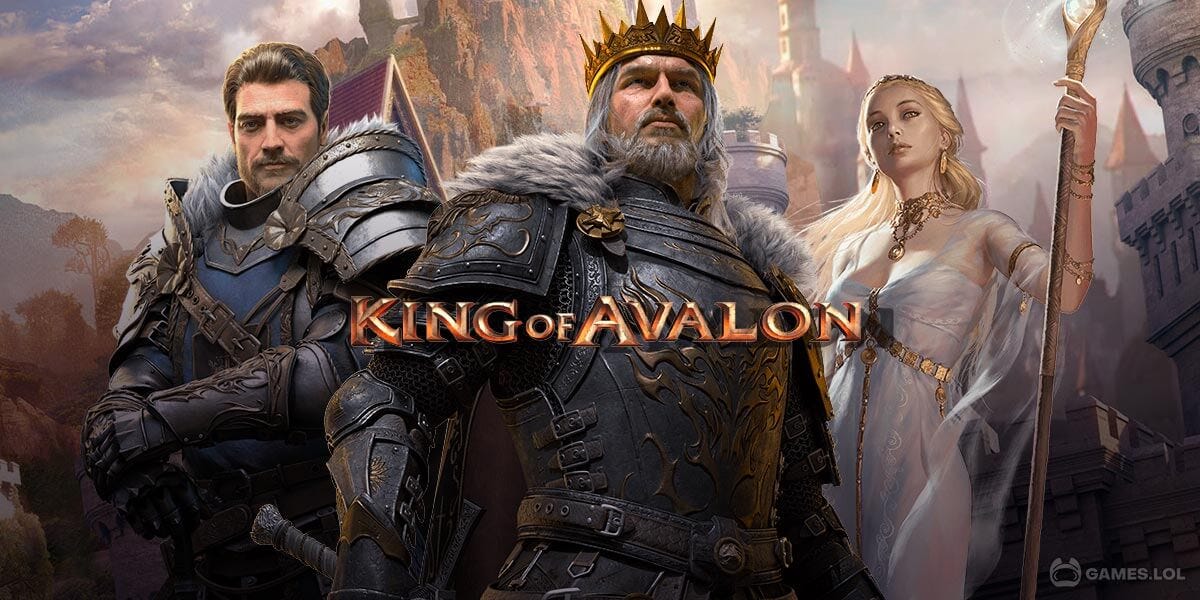
Fast forward to a few years ago at my current game studio:
“They’ve changed heals and shields seven times already.”
“What about the core loop? Why aren’t they addressing that?” I asked.
More recently, it happened again:
- “Engineers want to immediately change how squads work.”
- “We need to adjust how free loadouts function.”
- “Here’s the new Realm and House idea; it has to be implemented now.”
I carry emotional scars from a lack of design discipline. Constant churn wastes valuable time, causes delays, and endangers critical features, trapping teams in a cycle of non-essential revisions.
Understanding the Root Cause
The disease that is killing game projects is a predictable yet preventable one: teams iterating endlessly on non-critical features, ignoring fundamental issues. The root of this disease is not a lack of talent or effort—it’s a lack of discipline.
Design discipline isn’t rigid or uncreative; it’s professional maturity. It means focusing relentlessly on critical tasks, even when they’re difficult or intimidating.
Common symptoms include:
- Repeated feature redesign without clear objectives
- Ignoring broken core systems to polish minor details
- Chasing exciting ideas rather than solving fundamental problems
- Wasting time and resources without meaningful progress
- Always trying to copy some new feature from a new game by a reputable developer
This cycle is essentially a premature ejaculation of creative energy.

The Three Pillars of Effective Design Discipline
After observing numerous project successes and failures, I’ve identified three critical pillars:
1. Priority-Driven Development
Effective design starts with ruthless prioritization:
- High-Risk First: Always prioritize addressing the biggest risks first. If your core gameplay loop is broken, everything else is irrelevant.
- Resource Realities: Teams have finite time and budgets. Ignoring this truth dooms projects.
- Pain Avoidance: People naturally avoid difficult tasks. High-risk design problems must be tackled immediately, not postponed.
Designers who repeatedly sidestep challenging problems aren’t designing—they’re procrastinating.
Example: Your team proposes an exciting new weapon progression system, but your core combat loop remains uninteresting. Prioritize anything in the core loop, no matter how enticing shiny new features appear.
2. Critical Thinking Over Gut Feelings
Replace emotional decisions with structured thinking:
- Clear Objectives: Understand precisely why each feature exists and the specific problems it solves.
- Structured Analysis: Use formal decision-making frameworks rather than gut feelings.
- Evidence-Based Changes: If proposing yet another redesign, demonstrate its necessity with data or thorough analysis.
Without critical thinking, design becomes a never-ending loop of “Wouldn’t it be cool if…” instead of “What do we need to ship?”
3. Professional vs. Amateur Mindset
Recognize the difference between amateur and professional game development:
- The Indie Trap: Indies often have endless freedom—no deadlines, budgets, or obligations—and thus can iterate forever. Amateurs fall into this mindset, risking never shipping.
- The Professional Reality: Even legendary games like God of War shipped with compromised features because professionals understand that shipping a good game is far better than endlessly chasing perfection.
Good designers prioritize effectively and accept imperfections to ship faster. They understand perfection as the enemy of completion.
Additionally, I’ve found that initial designs followed by a deliberate pause, allowing other aspects of the game to be resolved, often lead to more effective and insightful redesigns. This approach contrasts sharply with continuously redesigning the same feature repeatedly without meaningful reflection.
Hence, an initial design with a redesign towards the end is preferable to 5-10 constant redesigns..
Practical Steps for Implementing Discipline
Stop the Churn:
- Objective Clarity: Define measurable objectives for each proposed change.
- Data-Driven Decisions: Provide clear evidence why the current version is insufficient.
- Cost-Benefit Analysis: Clearly estimate time and resources against anticipated benefits.
- Priority Alignment: Compare proposed changes strictly against your established priorities.
Document Key Decisions:
- Maintain a list of deferred improvements.
- Clearly document rationale behind major decisions.
- Track system changes and iterations.
Hold the Line: You’ll frequently face:
- Enthusiastic teammates pushing “game-changing” ideas.
- Designers perpetually “almost there” on revisions.
- PMs adding “just one more feature.”
Be the adult in the room—say no firmly yet calmly, redirecting enthusiasm toward genuine priorities.
Consequences of a Lack of Discipline
When discipline fails, consequences are severe:
- Morale Burnout: Developers quickly burn out from constant, meaningless changes.
- Resource Waste: Every needless iteration steals critical resources from essential features.
- Quality Degradation: Poor foundations inevitably require costly rewrites.
- Project Failure: Without discipline, many games simply never ship.
Key Takeaways
- Always prioritize the biggest risks first.
- Demand evidence, not emotions, for repeated design iterations.
- Embrace imperfection; professional developers ship, they don’t endlessly perfect.
The Path Forward
Design discipline channels creative energy effectively. Mature teams recognize constraints as creativity enhancers, deadlines as decision-makers, and shipping a good game as infinitely superior to dreaming about a perfect one.
The next time your team wants to reprioritize or revisit a feature unnecessarily, ask yourself:
- Is this addressing our highest-priority risk?
- Do we have data or a structured analysis to justify this change?
- Are we avoiding something more important but harder?
If any answer is “no,” note the idea, put it aside, and refocus your team’s energy where it matters.
Players can’t play your perfect ideas—they can only play the games you actually ship.







